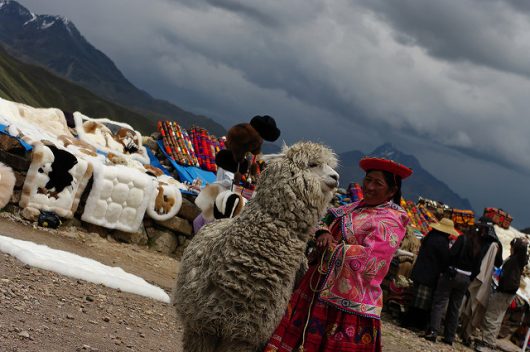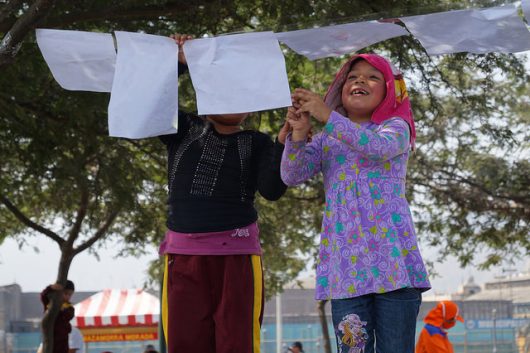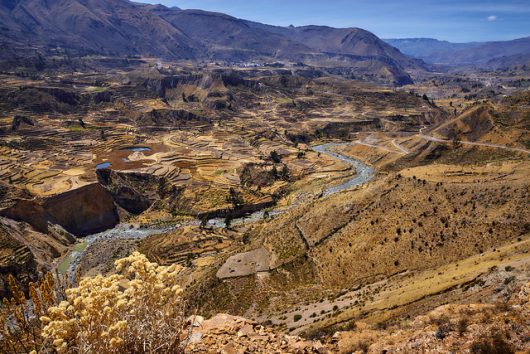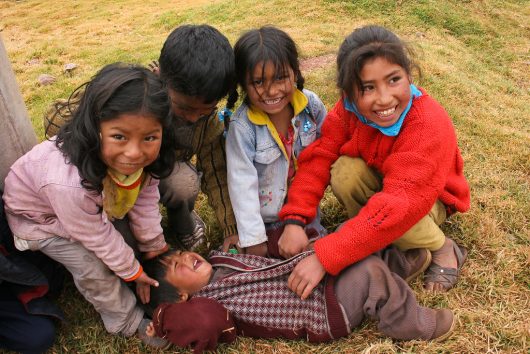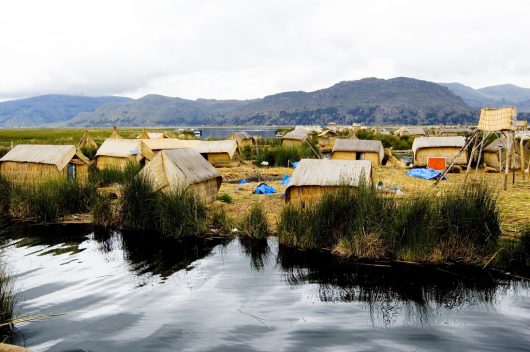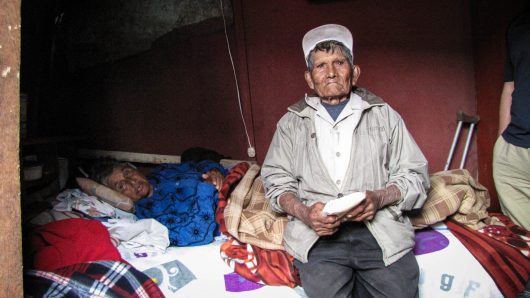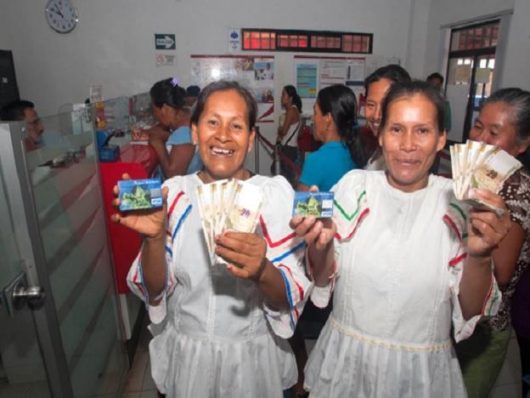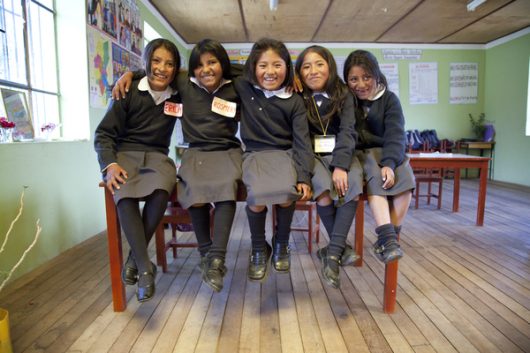
A republic which first gained its independence in 1821, Peru prides itself on its continual promotion of education. Education in Peru has seriously benefited from 1996 government reforms which ensured free and compulsory education for all students between ages 5 and 16. In fact, continual reform led to the establishment of the National Superintendency of University Higher Education (SUNEDU) in 2015; this organization seeks to improve quality standards for higher education.
As a direct result of the emphasis on education, Peru’s adult literacy rate has risen from approximately 40% in 1940 to beyond 90 percent in 2005. In fact, in 2014, the primary school completion rate stood at 95.9%, a significant increase from 63.8% in 1970.
In particular, Peru continues to prioritize the education of women and vulnerable peoples. Since 2000, there has been a minimal difference in the enrollment ratios between boys and girls: in fact, while 76.2% of school-aged boys were enrolled in school, 77.5% of school-aged girls were enrolled. Similarly, the Peruvian branch of CARE, an organization operating in 94 countries to implement sustainable change, empowers Peru’s most vulnerable groups, including women, indigenous people and rural populations.
Beginning with grade one, education in Peru grants students the opportunity to obtain primary, secondary, vocational and tertiary education. Higher education requires three years. The oldest university is the Universidad Nacional Mayor de San Marcos. Founded in 1551, the university prides itself on prioritizing social responsibility, creating professional leaders and emphasizing sustainability and environmental protection. In fact, the university offers courses in health sciences, medicine, veterinary studies, pharmaceutical studies, engineering, natural sciences, the humanities and more.
Clearly, education in Peru has continued to thrive over the course of the past few decades. However, significant funding efforts and economic growth play a crucial role in securing educational opportunities for students throughout the nation. Therefore, it is incumbent upon world leaders to provide support for Peruvian education in order to ensure that both the nation and its students succeed.
– Emily Chazen

